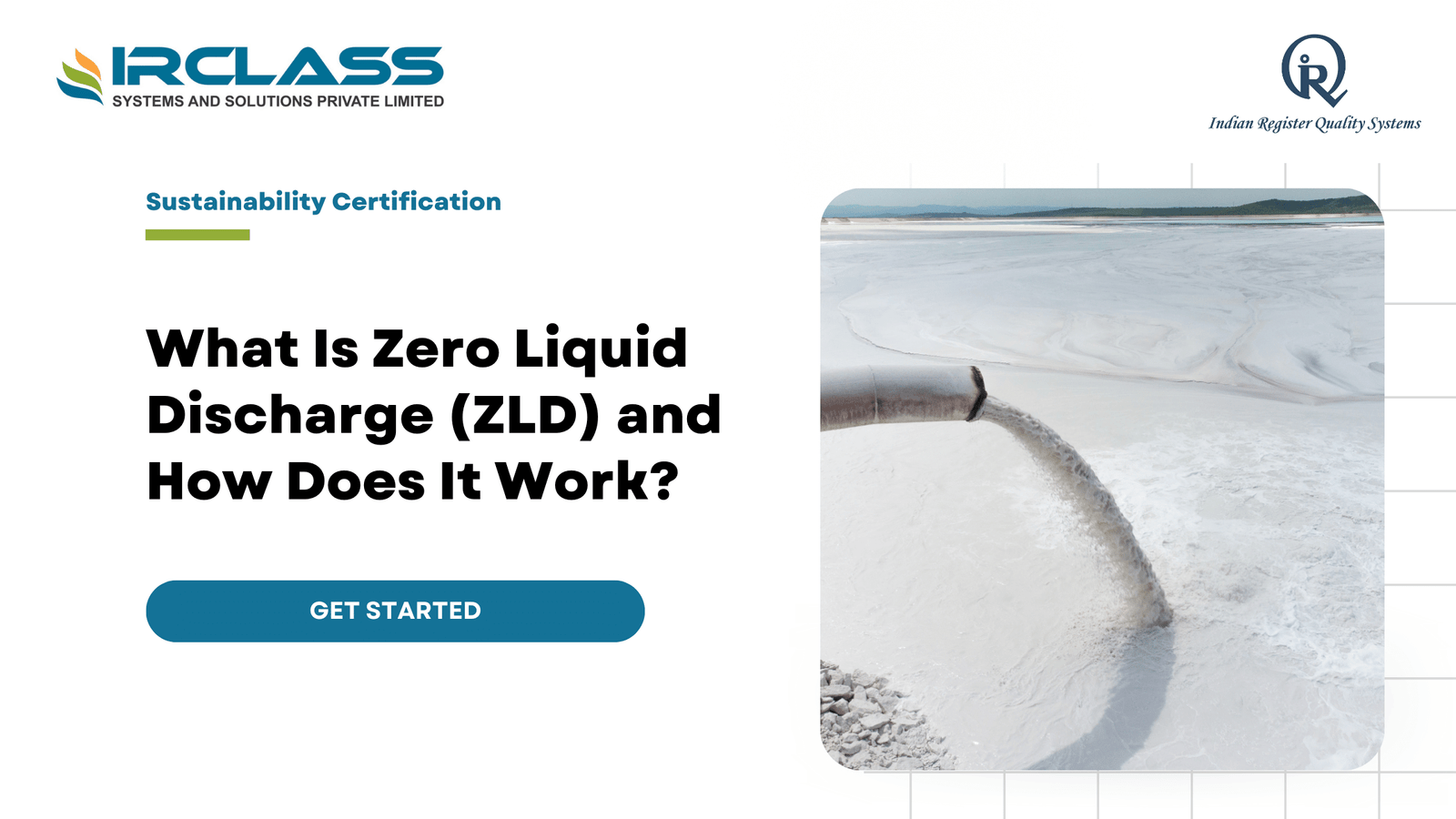Tag: BRC meaning in Business
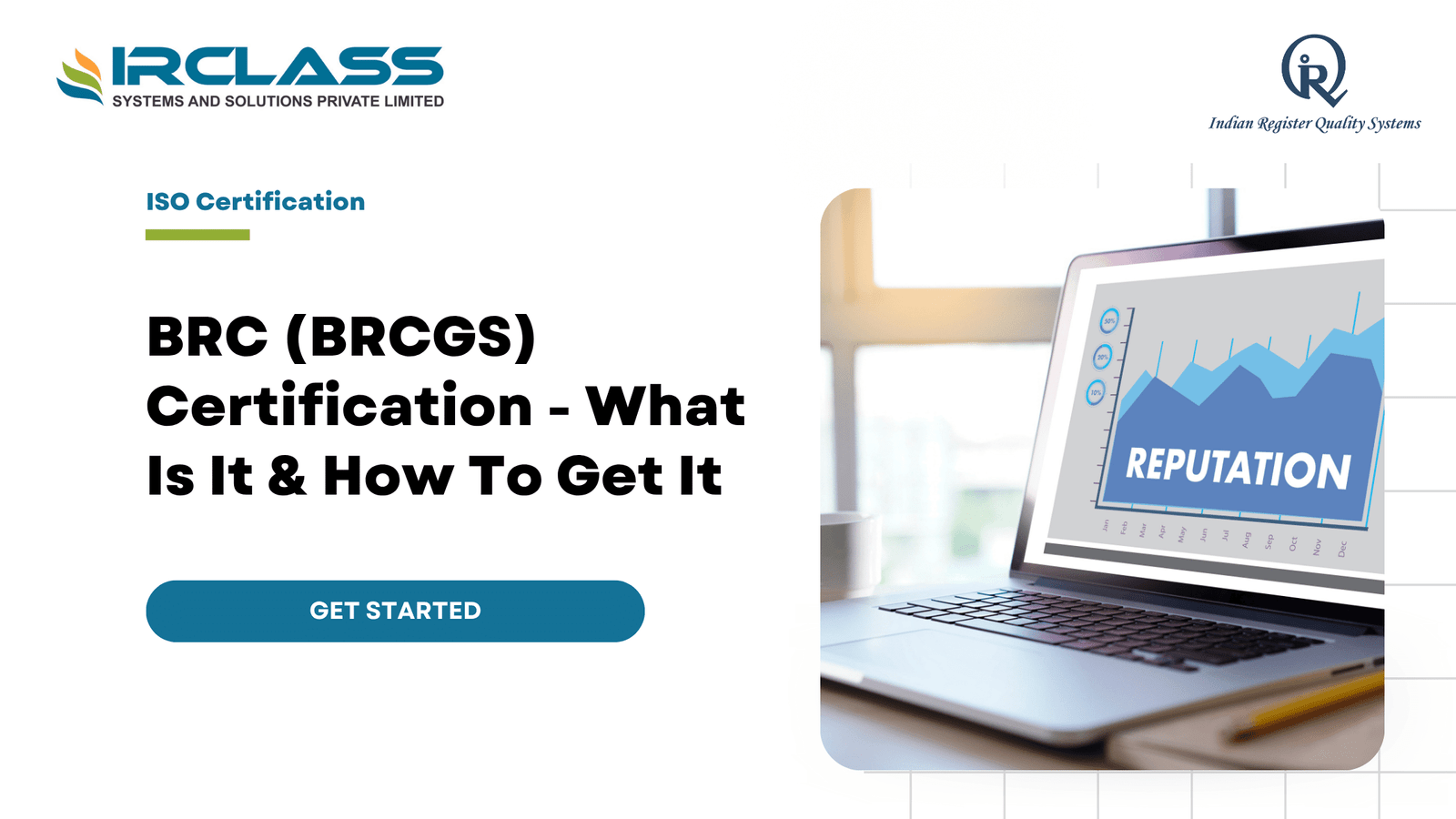
How BRCGS Certification Can Boost Your Brand’s Global Reputation
Brands want to grow. They want to expand into global markets. But they also need to stay safe, consistent, and trusted. One mistake in the supply chain can damage years of credibility. That’s why companies are going for BRCGS certification. It helps them prove they follow global safety and quality standards. It builds trust. It shows commitment. And most importantly, it gives them a clear edge over competitors. BRCGS stands for Brand Reputation through Compliance Global Standards. It sets benchmarks in food safety, packaging, distribution, and consumer product handling. The goal is simple — reduce risk, improve control, and build a brand that customers and partners can rely on. Brands want trust When a brand is BRCGS certified, it means their processes are verified by global auditors. This tells buyers and customers that the company is serious about safety, legality, and quality. It reduces doubts. It reduces questions. It builds confidence right away. Retailers want to work with suppliers they can trust. Distributors want fewer issues. Consumers want safe, reliable products. BRCGS helps deliver all three. Global buyers prefer certified suppliers Most global retailers already have BRCGS in their supplier checklist. If you don’t have it, you may not even get considered. With BRCGS, your brand gets access to new markets. You’re seen as reliable. You’re seen as ready. Without certification, the brand has to work harder to prove its processes. With certification, the brand already meets expectations. This makes a difference in sales meetings, supply chain partnerships, and global distribution deals. Certification builds a competitive advantage Companies with BRCGS certification move faster. They close deals faster. They get approvals faster. That’s because the standard already confirms what others have to explain — their operations meet international norms. In competitive markets, this can be the difference between winning a contract or losing one. It also helps in tenders, audits, and partnerships. Certification makes your brand easier to trust. And being easy to trust is a serious advantage. Certification reduces risk A big risk for global brands is product recalls. Recalls are expensive. They damage the brand. They lose customers. BRCGS reduces this risk. The standard forces companies to track and monitor every step — raw materials, suppliers, production, packaging, and storage. It introduces checks. It finds gaps early. It catches problems before they reach the market. That’s not just about compliance. That’s about brand protection. It brings consistency to the supply chain BRCGS certification doesn’t just improve what happens inside your factory. It strengthens the full supply chain. It forces consistency — in sourcing, in quality checks, and in how information is recorded. This lowers the chances of breakdowns. It builds resilience. It also makes the company easier to scale. You don’t need to rely on a few key people. The system is in place. Companies save time and cost Compliance takes effort. But unstructured compliance takes more. BRCGS requires companies to write things down, run internal audits, follow documented procedures, and train people properly. This builds systems that work. Over time, the company sees better workflow, fewer mistakes, and less rework. This saves cost. It saves time. It also reduces firefighting. Instead of reacting to problems, companies prevent them. It aligns leadership with quality BRCGS doesn’t just focus on technical staff. It requires top management to be involved. Leadership has to take responsibility for food safety and quality systems. This drives cultural change. When leadership owns the system, the rest of the company follows. You get better audits. You get better responses. And you get a company that’s aligned across teams. It shows proof of best practices Many companies say they follow best practices. But only some have proof. BRCGS certification is that proof. It covers: These aren’t optional. They’re part of the audit. And once passed, the brand has a verified certificate to show for it. This builds long-term credibility in the market. It improves transparency More brands are being asked to show where their products come from. How they are made. What checks are done. BRCGS helps answer these questions with facts and documentation. Companies that are certified can show traceability. They can explain processes. They can prove safety measures. This makes them more transparent — and harder to question. Transparency builds trust. And trust builds growth. It helps in ESG and sustainability reporting BRCGS certification is also a means of companies that focus on ESG. The standard offers traceability, waste management, energy monitoring and food safety culture. This enables companies to reach their ESG goals. It also backs up sustainability claims with real audit records. This simplifies investor reports, stakeholder updates and customer communications and makes them more credible. It prepares the company for crisis situations Every brand faces risks. But certified brands are better prepared. BRCGS requires risk assessments, documented recovery plans, crisis response protocols, and regular testing. This gives brands tools to respond fast, stay compliant, and protect their name if something goes wrong. In a global market, this matters. Mistakes go public fast. BRCGS helps you act faster and contain damage. How IRQS Plays an Important Role IRQS works with companies across India and other markets to achieve BRCGS certification. They help brands prepare, correct gaps, train teams, and pass audits. Some of the common projects delivered by IRQS include: Some of the industries that have been assisted by IRQS include: Having 5000+ clients all over the world, 42 offices, and decades of audit experience, IRQS assists companies in realizing the advantages of BRCGS certification in a fast and accurate manner. In conclusion Global markets demand consistency. They demand proof. And they reward companies that meet expectations without needing extra explanation. BRCGS certification gives brands that advantage. It proves that you take quality seriously. It opens doors to new customers, global retailers, and low-risk partnerships. It reduces downtime, improves safety, and gives the brand a better way to scale. IRQS helps companies achieve this. Through real projects, certified auditors, and proven systems, they help brands go from risk to readiness — and
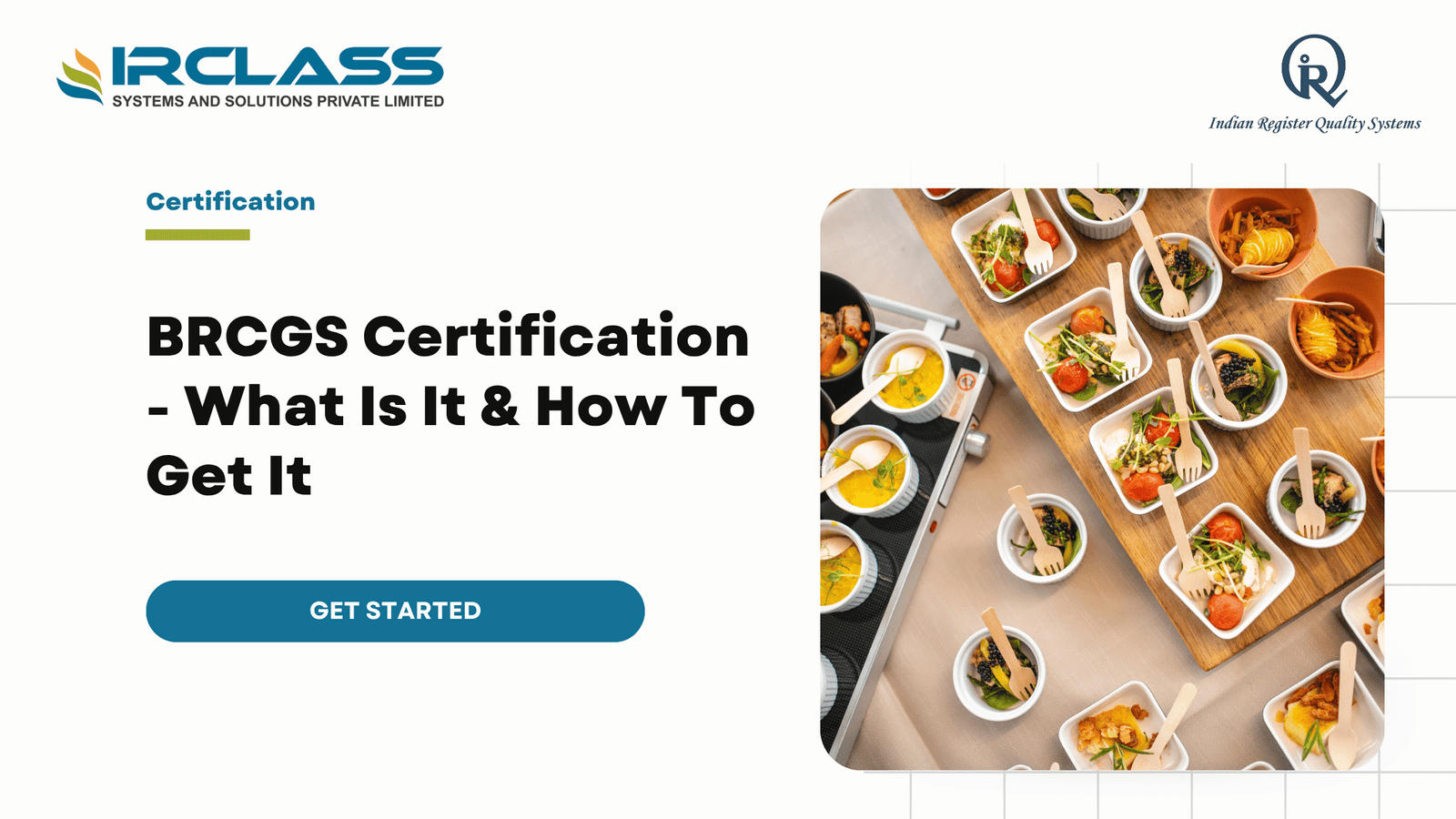
Step-by-Step Guide to BRCGS Certification for Food Businesses
Now that food safety is important both to the law and to customers, businesses in food production must demonstrate their care for quality and hygiene. If you are in the food industry as a manufacturer, processor, packer or distributor, getting a globally accepted certification can increase your reputation and help you access new markets. The BRCGS (Brand Reputation through Compliance Global Standards) certification is a highly respected food safety standard around the globe. Many retailers, manufacturers and food service companies around the world rely on BRCGS certification to manage food safety, quality and comply with laws. What is required to achieve BRCGS certification? This guide explains all the necessary steps, starting with learning about the standard and ending with keeping your business compliant over time. What Is BRCGS Certification? BRCGS is short for Brand Reputation Compliance Global Standards. Originally developed by BRC, it is now a respected brand that establishes strict rules for food safety, packaging, storage, and consumer items around the world. Food manufacturers and processors use the BRCGS Food Safety Standard, which is approved by the GFSI and recognized globally. With certification, food businesses can handle safety, integrity, legality, and quality using an official framework. Besides the badge, it gives retailers, suppliers, and consumers the confidence that your products are the best in the industry. What You Need to Know Getting BRCGS certification gives a business an advantage in the international food market. Retailers and supermarkets may require you to have it. With certification, your internal operations are improved, your team becomes more aware, products are easier to track, and the risk of recalls or legal problems is lowered. Because a single food safety scandal can destroy a brand, having an effective and approved food safety system is now vital. The first step is to learn about the BRCGS Food Safety Standard First, download the latest edition of the BRCGS Global Standard for Food Safety. Read through it carefully to understand what your business will be judged on. The standard is based on various parts, including top management support, HACCP, food safety and quality systems, and good manufacturing practices (GMPs). It is necessary for leadership and quality teams to align with everything the standard sets out—from how documents are handled to how production is managed. Step 2: Perform a Gap Analysis After that, you should conduct a detailed gap analysis. Comparing your current system to the BRCGS requirements is part of this process. A gap analysis points out any issues, non-conformities, or missing processes that may affect your chances of being certified. For every gap, document it and establish a clear plan to fix it. This allows you to start making improvements in your system. Step 3: Develop or Improve Your Processes for Food Safety As soon as areas for improvement are found, update or create your Food Safety Management System (FSMS) to fulfill BRCGS requirements. These policies, procedures, records, and manuals should be based on the standard. Key elements usually include: Your FSMS needs to be carefully organized, recorded, and implemented in daily operations—not just written down. Step 4: Inform and Train Your Workforce Your certification relies on the success of the people you work with. All staff members involved in production, quality assurance, warehousing, and management should be trained on the BRCGS standard and your FSMS. Topics covered in training might include food hygiene, personal hygiene, cross-contamination, cleaning procedures, and the company’s reporting system. It is important to set up training regularly to cover new risks, updates to processes, or changes in the standard. Step 5: Carry Out Internal Audits Conduct internal audits in all departments before the official audit takes place. This gives you a chance to identify areas for improvement and simulate the real audit experience. Review your documentation, observe operations, interview employees, and document findings. Any non-conformities should be investigated and corrected with proper action plans. Step 6: Pick a Certification Body Now it’s time to select a certification body that is BRCGS-accredited. You need to find one with expertise in your sector and the ability to interpret the standard as it applies to your company. Collaborate with your chosen body to set the audit date, assess your readiness, and determine required documentation. Step 7: Plan and Set Up the Certification Audit Most often, your first audit is an announced audit. All parts of your food safety system will be assessed during the audit, including: All clauses in the BRCGS standard will be reviewed by the auditor. The results determine your grade—AA, A, B, or C. A higher grade increases credibility and can influence how often audits are required. Step 8: Address Any Non-Conformities Should non-conformities be found during the audit, don’t panic. You’ll have the opportunity to respond. Submit corrective action plans and supporting evidence within the defined period (usually 28 days). Once your application is approved, your certification will be granted. Step 9: Share Your Certification After receiving your BRCGS certificate, it’s important to share the news. Include the certification in your marketing materials, inform your clients, and update your website. For many retailers and distributors, this certification is a prerequisite to doing business. Step 10: Maintain and Improve Achieving BRCGS certification means committing to continuous improvement. To ensure ongoing compliance: By consistently improving, your business remains compliant, resilient, and ready for growth. Step 11: Recertify Your System Your BRCGS certification is typically valid for 12 months. A recertification audit is required before it expires. This process verifies that your organization maintains consistency and demonstrates ongoing improvement. Depending on your previous performance and risk level, recertification audits may be unannounced. You should always keep your food safety systems audit-ready. Usual Problems and How to Solve Them Some businesses face challenges like staff turnover, missing documentation, or lack of leadership involvement. These can jeopardize your certification efforts. The key to overcoming them lies in: Avoid shortcuts—they may lead to failed audits, financial losses, and damaged reputations. In Conclusion Gaining BRCGS certification is not only about following rules—it’s about enhancing your business.
Search
Useful Links
Recent Posts
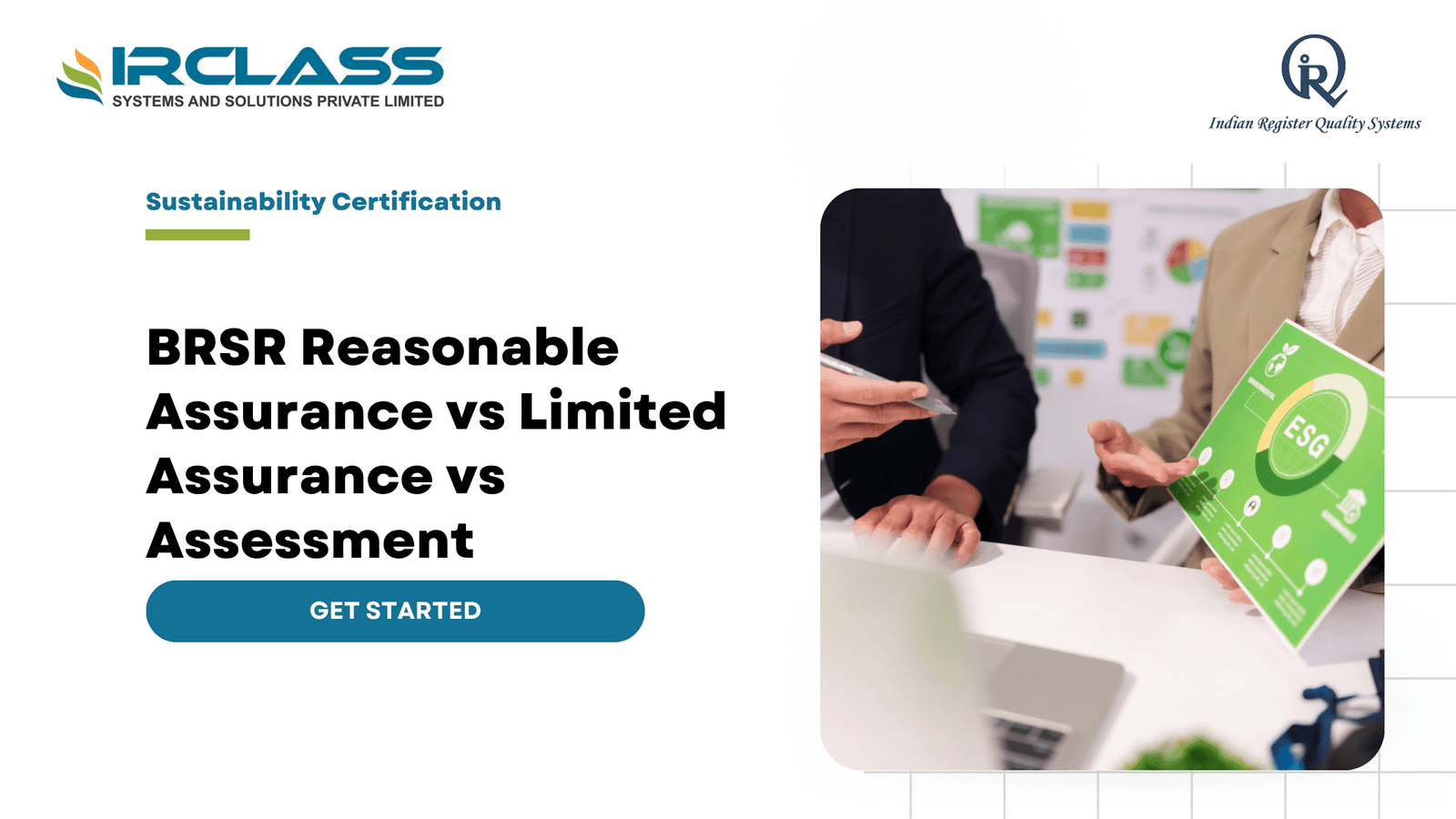
BRSR Reasonable Assurance vs Limited Assurance vs Assessment
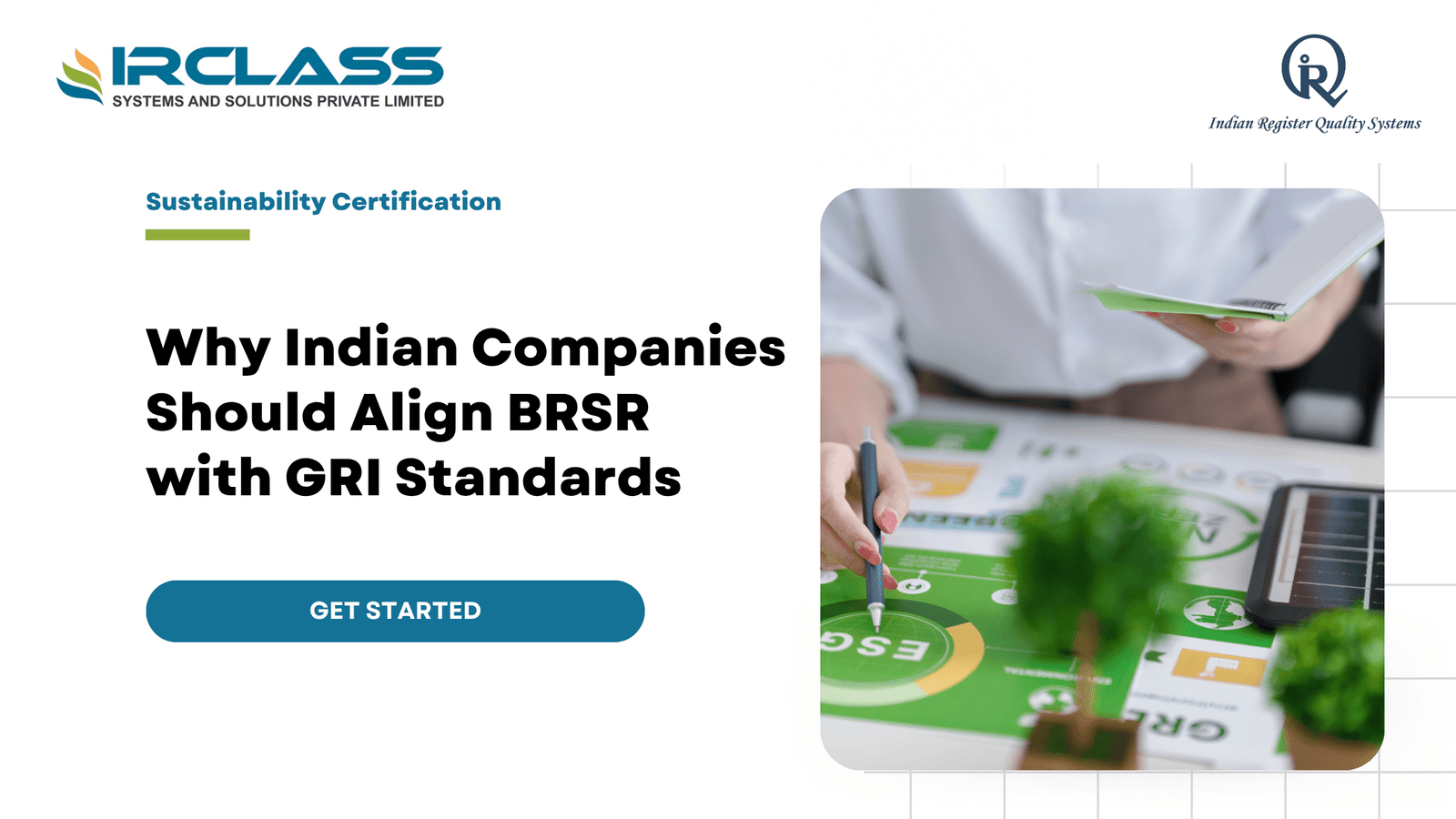
GRI Reporting and SEBI’s BRSR: Building Credible ESG Reports for Indian Companies
